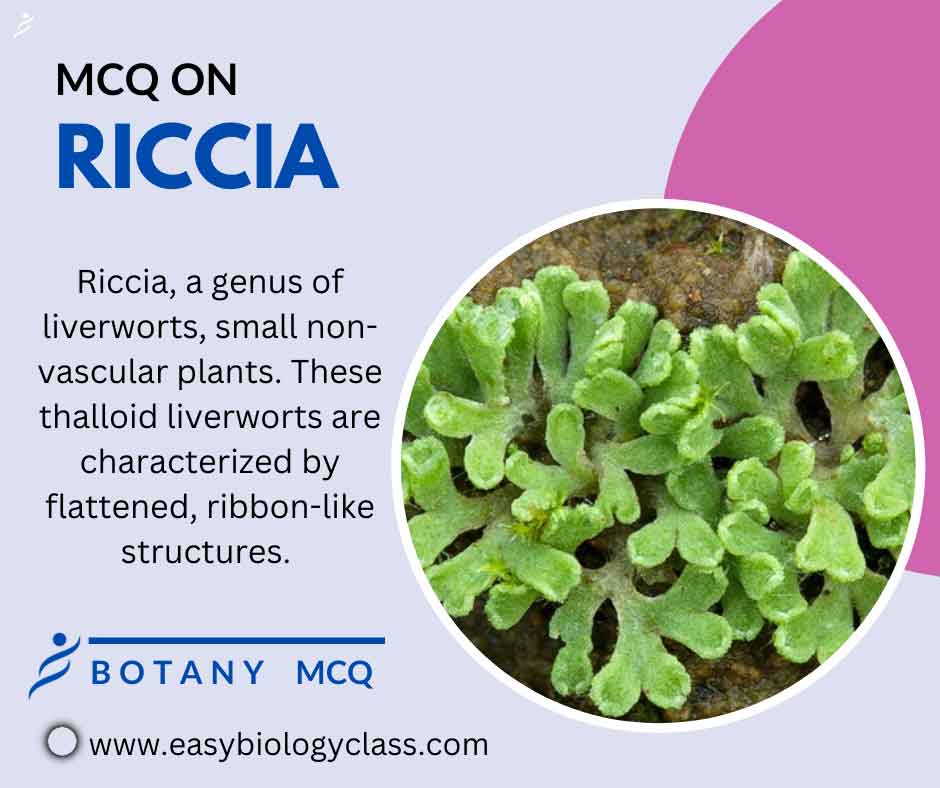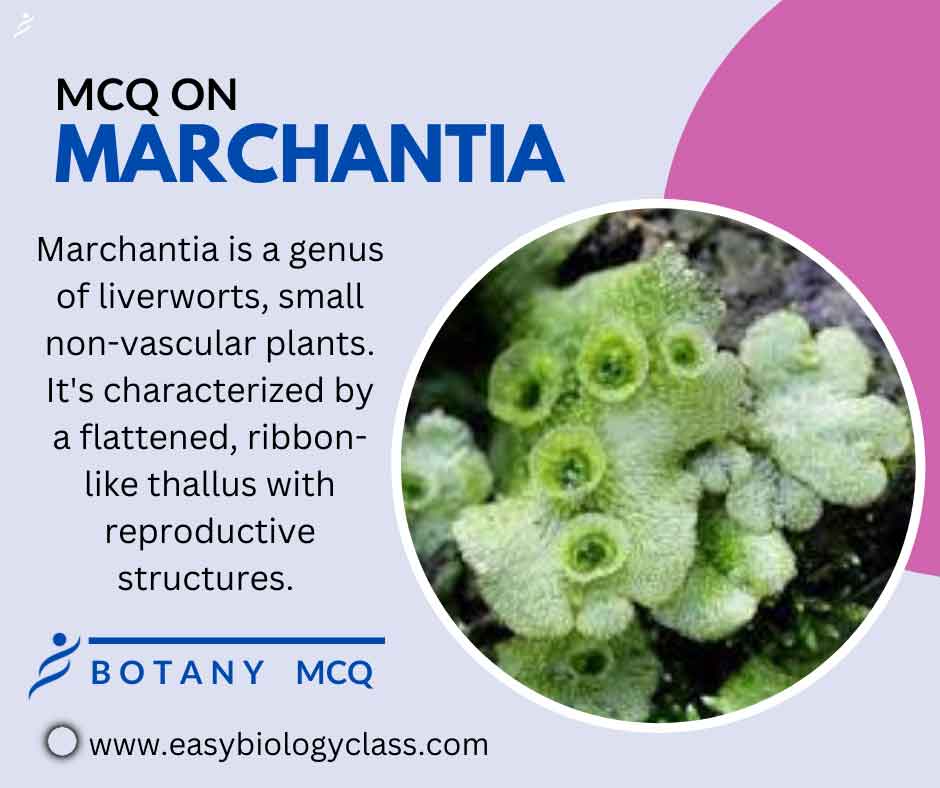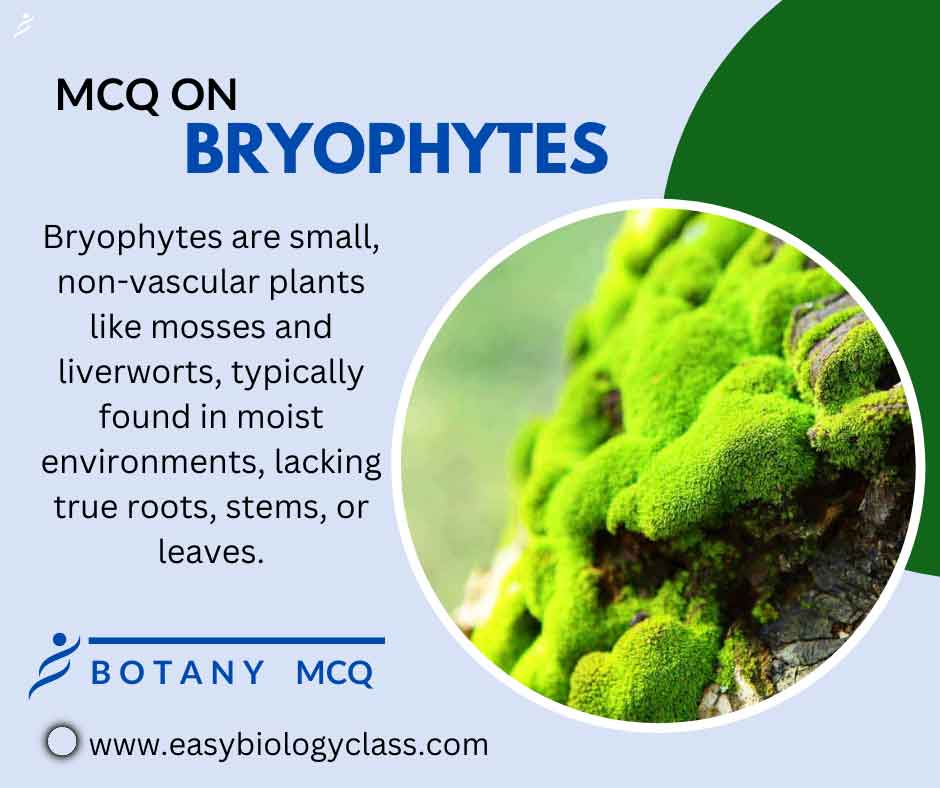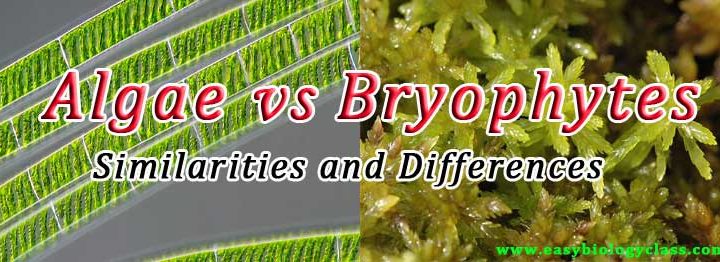Riccia is a genus of liverworts (Bryophytes), small non-vascular plants. These thalloid liverworts are characterized by flattened, ribbon-like structures and are found in damp environments. Riccia serves as a model organism in scientific research, aiding studies in plant biology and evolution. This is an MCQ on Riccia Thallus Structure, Reproduction […]
Continue ReadingTag Archives: Bryophytes
MCQ on Marchantia
Marchantia is a genus of liverworts, small non-vascular plants. It’s characterized by a flattened, ribbon-like thallus with reproductive structures. Often found in damp environments, Marchantia serves as a model organism for studying plant biology, aiding research in areas like plant reproduction and development. This is an MCQ on Marchantia Reproduction […]
Continue ReadingMCQ on Bryophytes
Bryophytes are non-vascular plants including mosses, liverworts, and hornworts. They lack true roots, stems, or leaves and typically thrive in moist environments. These ancient plants play vital ecological roles as soil stabilizers and indicators of environmental health. This is an MCQ on Bryophytes and its life cycle. Botany Notes | […]
Continue ReadingEconomic Importance of Bryophytes: From Ecosystems to Medicine
Bryophytes are a group of non-vascular plants that includes mosses, liverworts, and hornworts. Bryophytes play an essential role in various economic aspects from ecology and medicine to horticulture and environmental monitoring. This article on Economic Importance of Bryophytes, we discuss the beneficial and harmful aspects of bryophytes. You may like: […]
Continue ReadingSimilarities and Difference between Bryophyte and Algae
Algae vs Bryophytes Bryophytes are the most primitive land plants. They are immediate between aquatic and terrestrial life. Even though bryophytes are well adapted for the land life they require the presence of water for the completion of their life cycle. Most of the evolutionary biologists believe that bryophytes were […]
Continue Reading




